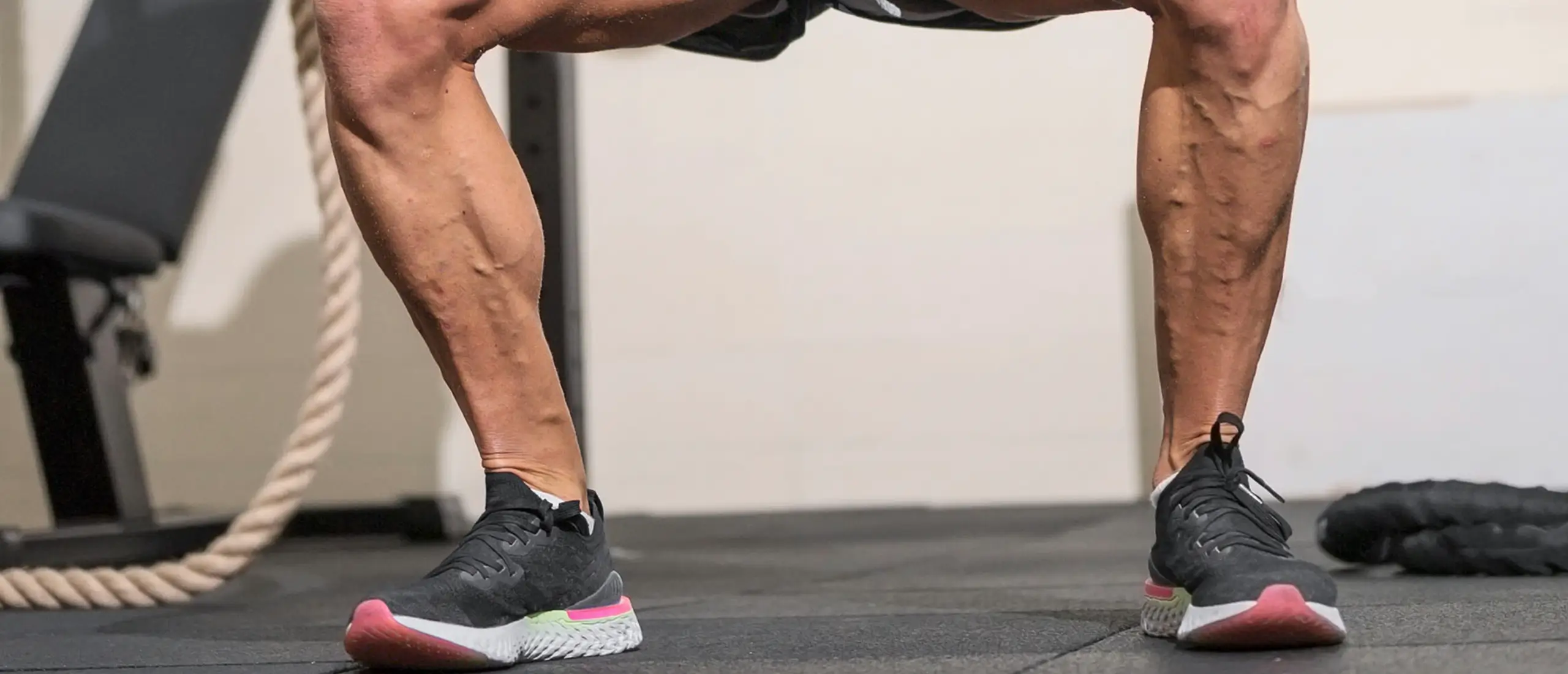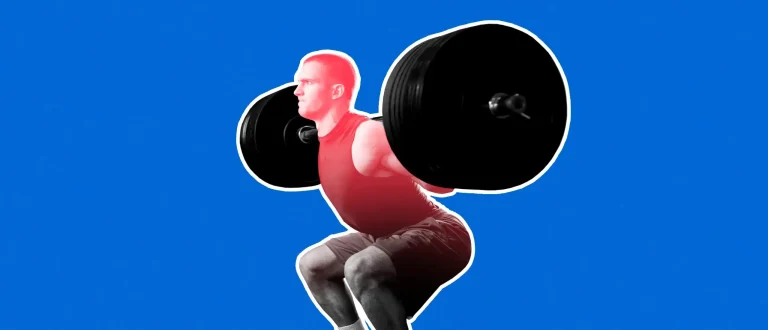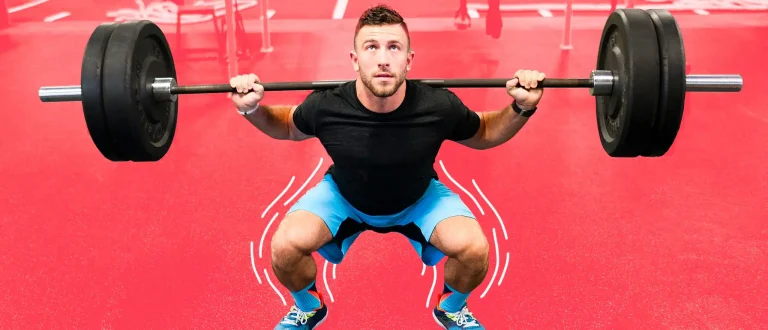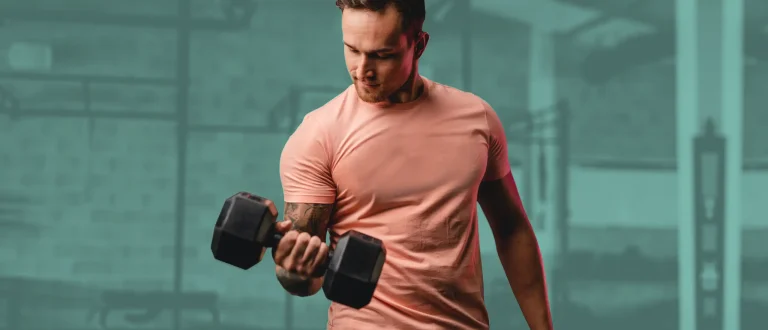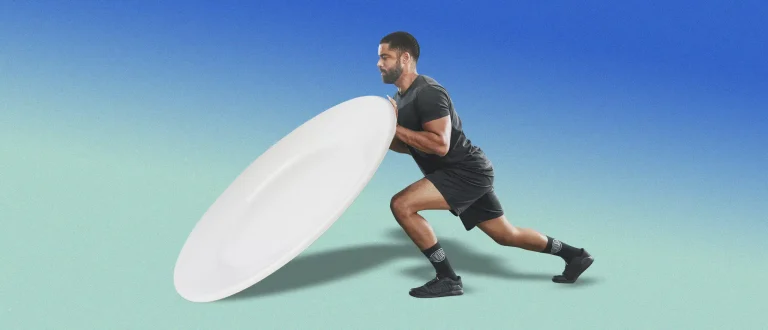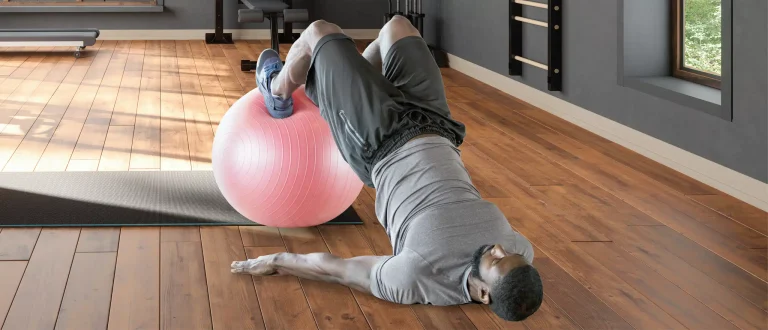Scientists believe that whether a man has big or small calves is largely determined by genetics (1). But that hasn’t stopped men from frantically googling “how to get bigger calves” a mere two weeks before shorts season rolls around.
Unfortunately, if you’ve been blessed with twig-like lower legs, the decision to skip leg day and remain small-calved might be poorly advised. The health outlook for guys with smaller calves isn’t great (more on that below).
While you probably won’t ever have the formidable calves of Manny Pacquiao—which have been likened to grapefruits—it is possible to build bigger calves regardless of your genes. It ultimately boils down to putting in the work to train them consistently and correctly.
Everything you need to know about your small calves, and how to build bigger ones, below.
How to Get Bigger Calves
Focus on frequency
What body parts do you skip if you’re running out of time in the gym? We bet calves are at the top of the list. Often, like abs, calves are reserved for the last 10 to 15 minutes of a workout. If you run out of time, no big loss, right? Wrong.
If you want to bring up any lagging body part you have to make it your priority. Big changes require big volume (sets and reps). Train calves early in your workouts, and aim to train them at least three days a week at six sets each to see results.
Prioritize range of motion
Repping out hundreds of reps on the seated calf raise will only take you so far. The seated calf raise isn’t a bad exercise (we like that it can be easily adapted with a slant board to increase the range of motion and better target the soleus), it’s just often done incorrectly— i.e. short range of motion and super quick reps.
If you’re speeding through reps, the majority of the work is accomplished by the stretch reflex in the Achilles tendon, which bounces the weight up from the bottom of each rep. Instead, train your calves through a full range of motion, taking your time to pause for one to two seconds at full stretch. Then press through to a full squeeze lockout at the top of each rep.
To improve your range of motion, try elevated calf raises which increase the stretch on the gastrocnemius (the larger calf muscle) at the bottom of each rep. Here’s how:
- Stand on a step or box with the ball of your foot on the edge and your heel hanging off.
- Raise up on the ball of your foot, squeezing your calves to lift as high as you can. Pause for one to two seconds at the top.
- Slowly lower your heel, stretching as much as possible at the bottom of the movement to increase ankle dorsiflexion.
- Pause for one to two seconds.
- Repeat.
Load up this exercise by placing a barbell on your back or holding dumbbells at your sides. To reduce muscle imbalances, try single-leg elevated calf raises. Mix it up by pointing your toes 45 degrees out to grow the inner gastrocnemius and 45 degrees in to focus on the outer gastrocnemius (2).
BUILD MUSCLE
Pros of Small Calves
Contrary to popular belief, there actually are a few benefits of having tiny lower legs. Here, a few.
Might be linked to lower body fat
Big calves are really only beneficial if the size is associated with muscle and not fat. One study found smaller calf circumference could be linked to lower overall body fat (3). Researchers believe the amount of subcutaneous fat in your lower body, specifically your calves, is related to free fatty acid (FFA) levels.
High FFA levels have been linked to oxidative stress, chronic inflammation, and insulin resistance (4, 5). Aim to pack on calf muscle, not fat, and you’re golden.
Might be better for endurance sports
One small study analyzed the measurements of six elite distance runners and found the runners shared a similar trait: smaller calf size (6). The researchers concluded small calves could be linked to better distance running performance.
This makes sense since endurance sports, like long-distance running, rely on slow twitch muscle fibers—which are generally smaller and more resistant to fatigue. As opposed to fast-twitch muscle fibers—which are larger and more suited to produce explosive bursts of strength and speed.
You’ll always have a blend of fibers, but you can train specifically to increase one or the other. If you’re hunting down bigger calves, that means more sprints, plyometrics and heavy lifting, and fewer long runs.
Cons of Small Calves
Aside from looking better in cargo shorts, a few other reasons to give your calves some attention on leg day, below.
Linked to less overall muscle mass
Strong calves don’t stand alone, they’re a sign of an overall stronger body. One study determined the size of your calf muscles is an indicator of overall muscle mass (7). Another found the larger your calf circumference, the more muscle you tend to have in your arms and legs (8).
Linked to mobility and balance problems
Your calf muscles play a big role in balance, posture, and stability. When you stand, walk, and move throughout your day, they work to support your foot and ankle. Although research has shown people over the age of 50 tend to lose one to two percent of lean leg muscle mass per year (9), another found that calf raises can combat this loss by increasing calf strength and mobility in older men (6).
Linked to a higher resting heart rate
If you have smaller calves, you might be more likely to have a higher resting heart rate, according to the results of one small study (10). A high resting heart rate, particularly anything above 90 beats per minute, has been linked to an increased risk of death (11).
Linked to a higher stroke risk
The bigger your calves, the smaller your risk of stroke (12). Regardless of age, sex, body mass index, and other vascular factors, researchers found that those with bigger calves had less plaque buildup in their arteries. All the more reason to chase a calf pump.
- Genetic Aspects of Skeletal Muscle Strength and Mass with Relevance to Sarcopenia.
- Different Foot Position During Calf Training to Induce Portion-Specific Gastrocnemius Muscle Hypertrophy.
- Association of Calf Circumference with Insulin Resistance and Non-Alcoholic Fatty Liver Disease: The REACTION Study.
- The Impact of Oxidative Stress on Adipose Tissue Energy Balance.
- Obesity and Free Fatty Acids (FFA).
- Anthropometric, Gait, and Strength Characteristics of Kenyan Distance Runners.
- Calf Circumference as a Novel Tool for Risk of Disability of the Elderly Population.
- Calf Circumference as a Surrogate Marker of Muscle Mass for Diagnosing Sarcopenia in Japanese Men and Women
- Strength and Muscle Mass Loss with Aging Process. Age and Strength Loss.
- The Association fo Calf Circumference with Resting Pulse Rate in Community-dwelling Healthy Elderly Women—Pilot Study.
- Resting Heart Rate and All-Cause Cardiovascular Mortality in General Population: A Meta-Analysis.
- Calf Circumference Is Inversely Associated With Carotid Plaques.

